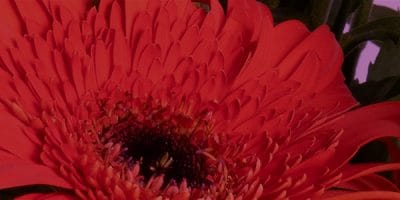Navratri 2020: Significance and History of Navratri

An auspicious festival celebrated with great religious fervour, Navratri is intrinsically associated with religious reflection, fasting, dance and celebration.
Significance and History
Translating to nine nights in Sanskrit, Navratri is a festival celebrated across India. It is observed twice every year, once during spring called Chaitra Navratri and once during autumn called Sharad Navratri. The latter is more popular and falls during the months of September or October and culminates on the 10th day as Dussehra or Vijayadashami. Sharad Navratri falls this year on 17th Oct and goes on till the 25th of the month. The festival is an ode to the power of Goddess Durga who is worshipped in all her 9 avatars.
Legend has it that Goddess Durga fought hard for nine days to destroy the evil demon Mahishasura and emerged victorious on the 10th day which gave rise to this festival and celebration. The Goddess is considered to be the embodiment of Shakti and all supremacy and people worship the deity for Her blessings to overcome all obstacles in their lives. It is associated with the victory of Lord Rama over Ravana in North India and hence burning effigies of the latter is common during the festival.
Navratri is celebrated in different ways in different parts of India and this includes the display of dolls called Gollu in Tamil Nadu and Karnataka, as Ramaleela in the North and installation of life size idols of Lord Durga in West Bengal.
Diverse rituals and customs
It is interesting to note that each day in Navaratri is associated with a different colour and a different form or avatar of Goddess Durga. All nine days are considered highly auspicious and sacred and is a celebration of Maa Durga as she is called. Devotees also dress up in the colours associated with each day during this period. The celebrations are kicked off on the first day with the installation of the holy “Kalash” which is symbolic of the beginning of the festival. Grey is the colour associated with the first day and Maa Durga is worshipped as “Shailputri”. The second day (Dwitiya) she is worshipped as “Brahmacharini” and orange which is the colour of tranquillity and knowledge is the related colour. The third day (aka Thritiya), the goddess is worshipped in the form of Chandraghanta and white which is symbolic of peace and serenity is the colour associated with the third day.
Goddess Durga is worshipped in the form of Kushmanda and is decked up in Red on Chaturthi. On Panchami, Maa Durga is worshipped as Skanda Mata and the colour of the day is Royal blue. Yellow which represents joy and cheerfulness is the colour of Shasti or the 6th day and the Goddess is worshipped as Katyayani. On the 7th day the deity is worshipped in the form of Kalaratri and green which is the colour of nature is the colour of Saptami. Ashtami sees Maa Durga as Gowri and is decked up in resplendent peacock green. On the final day i.e. Navami or the ninth day Durga takes the form of Siddhidhatri and purple which represents ambition and energy is the colour of the day.
Typically, the festival is an ode to the supremacy of the divine feminine power. In the south and some other parts of India, the first three days are dedicated to Goddess Laxmi, the next three for Goddess Saraswathi and the last 3 for Goddess Durga. While Kanya puja or the worship of young girls is done in some parts, Saraswathi pooja is an important part of the rituals in South India. The initiation of school education or “Aksharabhyasa” is done for many small children on Saptami which is Saraswathi pooja day.
Food and festivities
In many parts of the country, Navratri is a period of fasting and people follow a strict diet which includes consumption of foraged foods like sabudana, millets, buckwheat flour, singhare ka atta and pink salt. The use of non-vegetarian food, onions and garlic is strictly prohibited. Hence sabudana khichdi, singhare atte ka halwa, lauki ka halwa, kuttu puris, kheer etc are some of the delicacies that are prepared.
In states like Gujarat Garba performances and Dandiya Raas are held in honour of Goddess Durga. Kulu in Himachal Pradesh is a town known for its elaborate Dussehra celebrations. The culmination of Navratri is celebrated as Vijaya Dashami on the 10th day which is considered as one of the most auspicious days of the year. It is a perfect occasion to start any new ventures.




